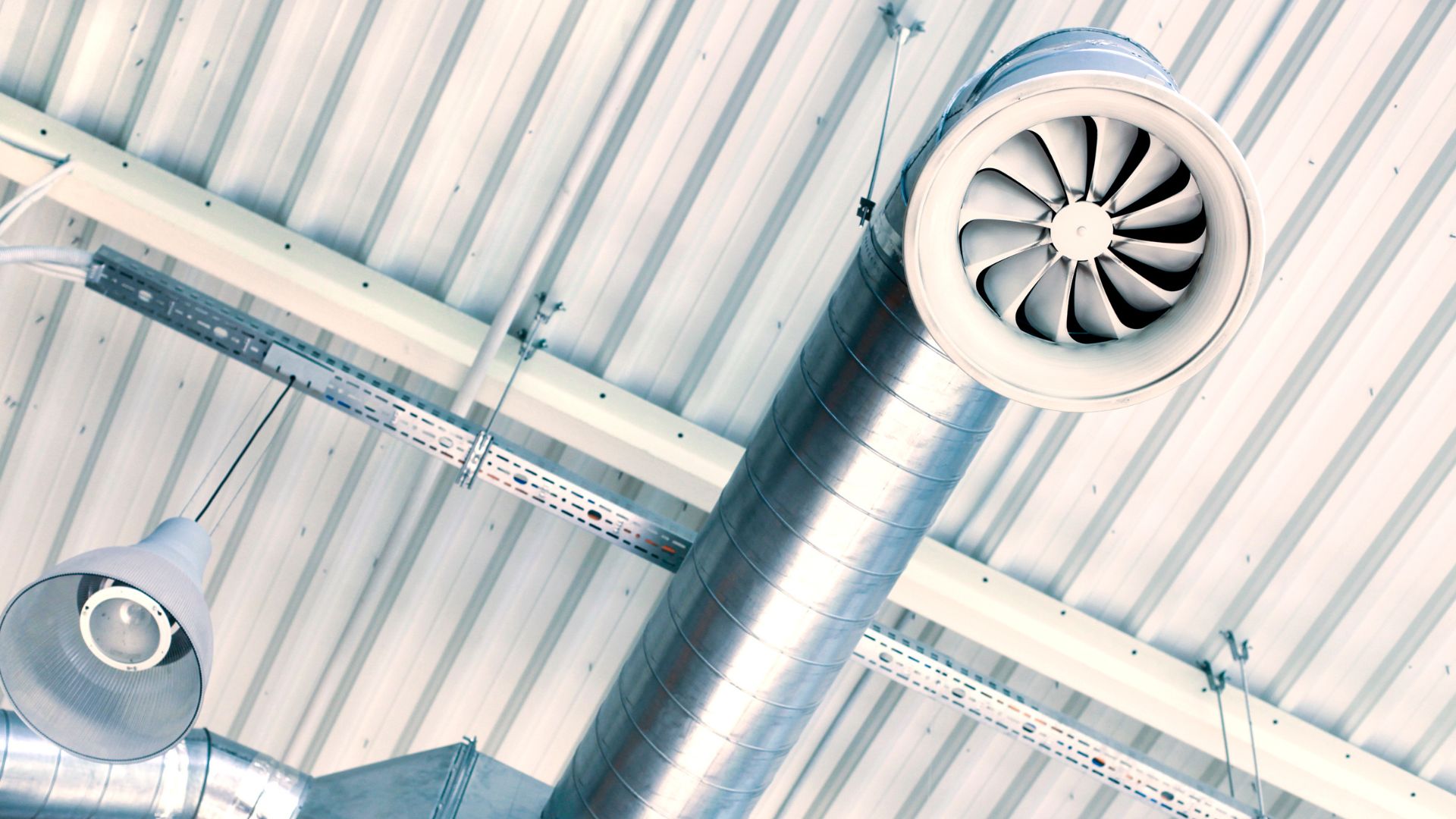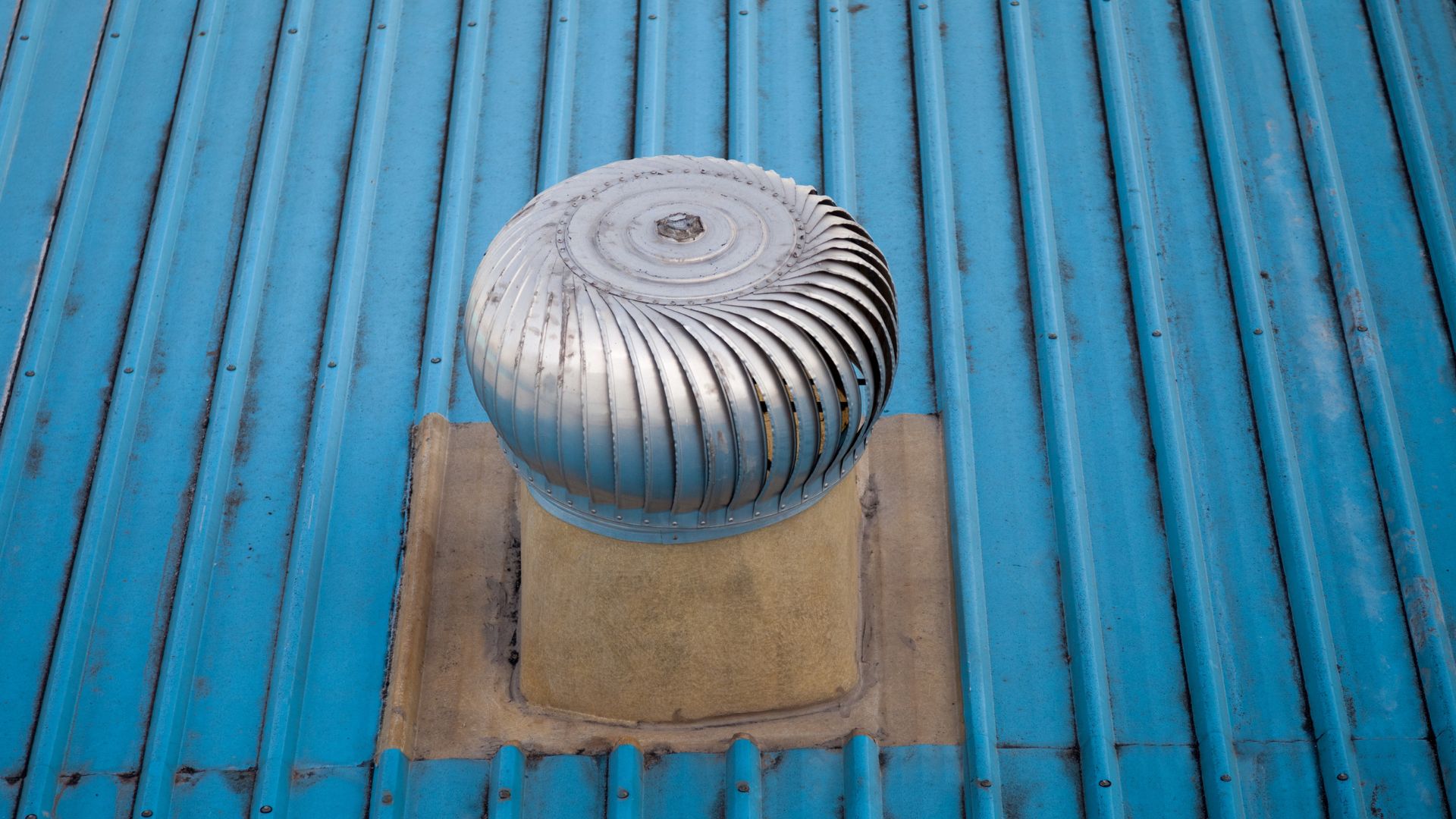Did you know that the air inside your home can be significantly more polluted than the air outside? Everyday activities like cooking, showering, and even breathing release moisture and pollutants that accumulate in your home. Without proper roof ventilation, these contaminants can become trapped in your roof space, creating an unhealthy living environment. Adequate ventilation is vital for maintaining a fresh and comfortable home by replacing stale air with clean air and managing moisture levels.
Installing whirlybirds is one of the most efficient ways to enhance roof ventilation. These clever spinning roof vents use wind power to extract hot air, moisture, and pollutants from your roof space. By promoting natural airflow, whirlybirds help keep your home cooler, especially during warmer months, reducing reliance on air conditioning and lowering energy bills.
Roof ventilation improves air quality and protects your home from potential damage caused by excessive moisture buildup, such as mould growth or weakened structures. Whether you’re dealing with hot air trapped in your roof space or simply looking for a way to make your home more comfortable, investing in proper ventilation is smart.
What Is A Whirlybird?
A whirlybird, a turbine vent, is a cost-effective, eco-friendly ventilation solution designed to improve air circulation and maintain a comfortable indoor environment, particularly in warmer climates. Installed on your roof, it uses wind power to extract hot air and moisture from your roof cavity effectively, enhancing overall energy efficiency in your home.

Here’s how a whirlybird operates: Sunlight heats your roof, and this heat transfers to the attic space, causing warm air to accumulate. The whirlybird’s spinning fins, driven by the wind, create a vacuum effect that pulls hot, stagnant air out of your attic space. This process helps keep your roof space cooler and encourages fresh air circulation throughout your home.
The Benefits of Installing Whirlybirds
- Reduced Heat Buildup: Whirlybirds can significantly lower indoor temperatures by removing warm air from the roof cavity, making your home more comfortable while reducing the strain on your air conditioning system.
- Improved Air Circulation: Proper ventilation is achieved as whirlybirds encourage airflow and reduce stale air in your living spaces, creating a healthier environment.
- Reduced Moisture Levels: Excess moisture in the attic space often leads to issues like mould and mildew, but whirlybirds help eliminate this moisture, protecting your home from potential damage.
Whirlybirds are an effective way to keep your roof space cooler and improve energy efficiency. These natural and reliable systems offer an excellent solution for managing indoor air quality and temperature without relying heavily on powered systems. Installing a whirlybird is a smart step toward better ventilation and a more comfortable home.
What Are the Different Types of Whirlybirds?
There are two main types of whirlybirds:
Whirlybirds are an essential part of a roof ventilation system. They help improve air quality and effectively expel heat from attics. You can choose between wind-driven and electric models depending on your home’s needs.
Wind-driven
These classic roof vents use spinning turbines to create a low-pressure zone, pulling hot air out of the attic.
- Cost-effective, silent, and maintenance-free.
- Effectiveness depends on wind speed so that performance may vary.
Electric-powered
These roof vents use a motor to assist airflow and provide consistent ventilation.
- It is ideal for areas with low wind or stubborn attic heat.
- It requires electricity and may produce some noise.
Choosing the right whirlybird
- Consider the size and type of your home. Larger homes or complex rooflines may need multiple whirlybirds.
- Evaluate your location. Wind-driven models suit windy areas, while electric types work better in calm regions.
- Factor in climate. Electric whirlybirds can ensure consistent ventilation in hot areas.
- Use soffit vents to enhance airflow, allowing cooler air to enter as hot air exits.
- Consult a professional to determine how many whirlybirds are needed for the best roof ventilation system.
Factors to Consider When Choosing a Whirly Bird
Here are some key factors to consider when choosing a whirlybird:
- Material: Look for robust materials like galvanised steel or aluminium that resist rust and harsh weather conditions.
- Size: The size of the whirlybird should be appropriate for your roof area. A larger whirlybird can move more air, but it might be less aesthetically pleasing in a small home.
- Durability: Consider the warranty and choose a well-built whirlybird with sealed bearings to minimise maintenance needs.
Additional considerations:
- Noise Level: Whirlybirds can generate a low hum, especially in strong winds. This might not be a concern for industrial buildings, but for homes, consider noise levels and choose a quieter model if necessary.
- Aesthetics: Whirlybirds come in various colours and styles. Choose one that complements your roof and the overall exterior design of your home. Some manufacturers even offer architectural whirlybirds that add a decorative touch.
Whirlybirds: Installation and Cost Considerations
Understanding the installation process and cost factors will help you make an informed decision.

Installation Steps
- Location, Location, Location: A professional will identify the ideal spot for your whirlybird, typically on the roof’s windward side, for maximum airflow.
- Preparing the Roof: Roofers will remove shingles or other materials to create a clean surface for the whirlybird base.
- Base and Vent Assembly: The base is securely attached to the roof, followed by the whirlybird.
- Watertight Seal: The installation is finalised with a proper seal to prevent leaks.
- Testing 1, 2, 3: A final check ensures the whirlybird spins freely with the wind.
Cost Considerations
The total cost of installing a whirlybird varies depending on several factors. Here’s what to keep in mind:
- Whirlybird Type: Passive whirlybirds are generally less expensive than active models.
- Roof Complexity: Installation on a simple roof will be less expensive than complex roof structures.
- Location: Geographic factors might influence labour costs.
- Professional Expertise: Hiring a qualified roofer ensures proper installation and avoids potential issues.
While DIY installation might seem tempting, hiring a qualified roofer is crucial. They ensure proper placement and secure installation and avoid potential roof damage, guaranteeing optimal performance and longevity for your Whirlybird investment.
How Many Whirlybirds Do I Need for a House?
The number of whirlybirds depends on your roof area. One whirlybird for every 50 square metres of roof space is a rule of thumb. So, a larger house likely needs multiple whirlybirds for good ventilation. Consult a roofing professional for a specific recommendation based on your roof size and shape.
Maintenance and Longevity
Ensuring the longevity of whirly birds involves a few basic maintenance practices.
Keeping your whirlybirds in top condition ensures they work efficiently for years to come. Regular cleaning is essential to remove debris like leaves and dirt that can hinder their performance. It’s also a good idea to lubricate the bearings occasionally to minimise wear and tear, allowing the whirlybirds to spin smoothly. During routine maintenance, check for any loose screws or bolts and tighten them to maintain the unit’s structural integrity. To prevent leaks, inspect the sealant around the base and reapply it if needed.
Sometimes, common issues like noise, leaks, or reduced efficiency can arise. A noisy whirlybird often points to worn bearings, which may need either lubrication or replacement. Leaks are usually caused by problems with the flashing or sealant, so it’s important to ensure both are in good condition. If you notice reduced efficiency, blockages might be obstructing airflow—clearing out any dirt or debris usually fixes the problem.
Regular inspections are key to keeping your whirlybirds functioning at their best. By catching minor issues early, you can avoid costly repairs and maintain a reliable ventilation system. This proactive approach not only extends the lifespan of your whirlybirds but also helps ensure your space stays well-ventilated and comfortable.

Environmental and Economic Benefits
Whirlybirds offer numerous advantages beyond simple ventilation, contributing significantly to environmental sustainability and economic savings.
Environmental Benefits
Whirlybirds are eco-friendly ventilation systems that use wind power to circulate air, reducing the need for electrical cooling systems. Improving roof ventilation helps maintain optimal indoor temperatures, reducing the overall energy consumption of air conditioning units. This leads to a smaller carbon footprint and supports environmental sustainability.
Economic Benefits
Whirlybirds can significantly lower energy bills by decreasing the reliance on air conditioning. Homes and buildings with effective ventilation systems also experience reduced cooling costs, offering financial savings over time.
Choosing A. I Guttering and Roofing for Your Whirly Bird Needs
Choosing the right whirly bird for your home involves considering roof structure, climate, and ventilation needs. Proper installation and regular maintenance are crucial for maximising the efficiency and longevity of whirly birds, which offer significant environmental and economic benefits. Investing in professional installation ensures optimal performance, helping to maintain a comfortable indoor environment while reducing energy costs.
For reliable whirly bird services, consider A.I Guttering and Roofing. Known for their expertise and quality of service, A. I Guttering and Roofing has built a reputation for customer satisfaction through its professional approach and attention to detail.
Their team of skilled professionals can provide invaluable advice, helping you choose the best whirly bird for your home and ensuring it is installed correctly. Contact A.I Guttering and Roofing today to benefit from their experience and commitment to excellence and enjoy the long-term advantages of a well-ventilated home.




